" When Subaru launched their first mass produced Kei-car the 360 in 1958, little would the company's sararimen have believed that half a century one they would preside over one of the true talismans of enthusiastic driving all over the world. The 365 cc-engined, "

Prodrive P2
When P2 was not the first loser - Prodrive's rally-bred hero
Bwaaaah. Bu. Bu. BWAAAAH! Flat but percussive with rough, loping edges, it could only be a boxer four.
Rough and inconstant, the gloriously impure gargling swells with each passing second, gaining pitch and volume as the revs continue to climb. It’s not an exhaust note: it’s just an exhaust noise. Dirty, angry and overlaid with the jumbled cyber-punk of an active anti-lag system, your ears know it’s a rally-prepared Impreza STi. But jeepers – no-one told your peepers…
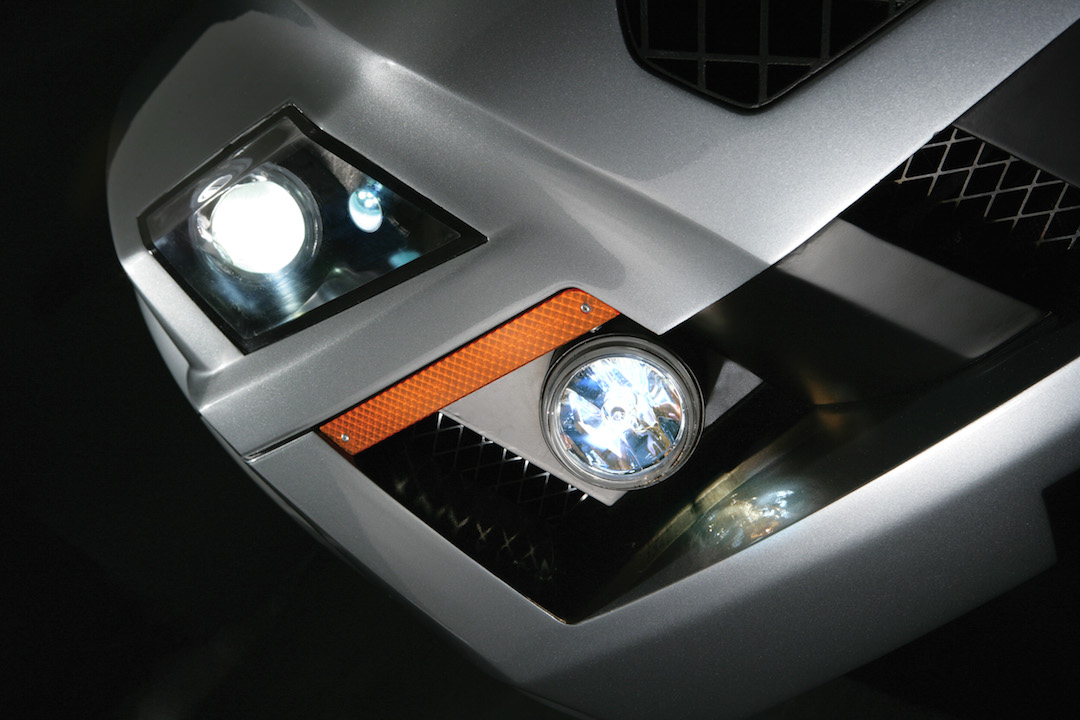
Ask either eye and it’ll tell you. From the bluff rear to the wheel-wide arches to the shadows of R8 in the cleft doorline and silvery sidescoop, this is no Subaru. Head to the front and it’s confirmed: the lines are violent, straight, diagonal; they clash together in a flux of jarring angles. Some acute, some obtuse, they chase each and every curve from the fascia. It could have rolled out of the near future or off a nearby movie set.
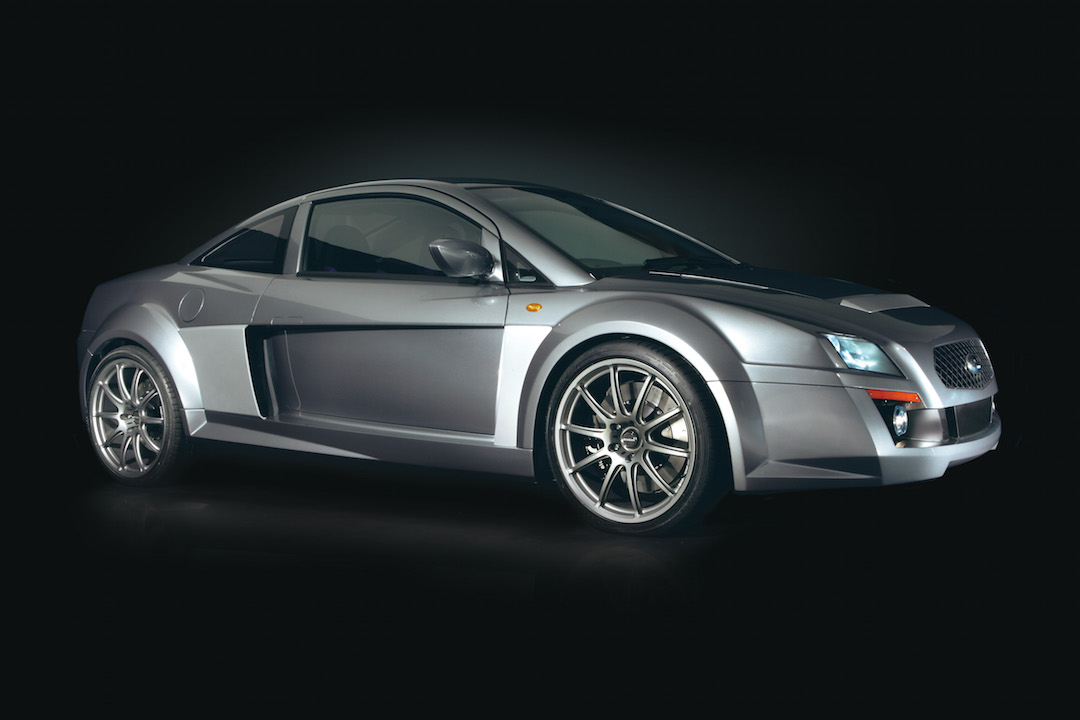
There’s no Hollywood trickery here, though. This is the P2, a 2006 concept produced by Prodrive, a British firm with an enviable record in international motorsport. On-track highlights include a brace of BTCC titles, a couple of years running the B.A.R. Honda Formula 1 team and an ongoing relationship with Aston Martin, which has yielded four Le Mans class wins. Yet it’s the rough stuff where Prodrive made their name, running the Subaru World Rally Team between 1990 and 1998. Underpinned by a mixture of Subaru and Prodrive componentry, the P2 was an exciting side effect of the two companies’ relationship.

Pop the bonnet and you’ll be staring at some serious intermarque cross-pollination: the P2 features a two-litre turbocharged EJ20 from an Impreza STi, tuned up to 354bhp and driving through a six-speed manual gearbox before reaching a four-wheel drive system, both provided by a donor Impreza. There’s another link to the six-starred Japanese brand but it’s far less obvious: the P2’s basic monocoque is shared with the Subaru R2, a JDM city car designed to fit the nation’s exacting kei car regulations. As a result, the P2 has a stunningly short 2500mm wheelbase, contributing to its immense agility.
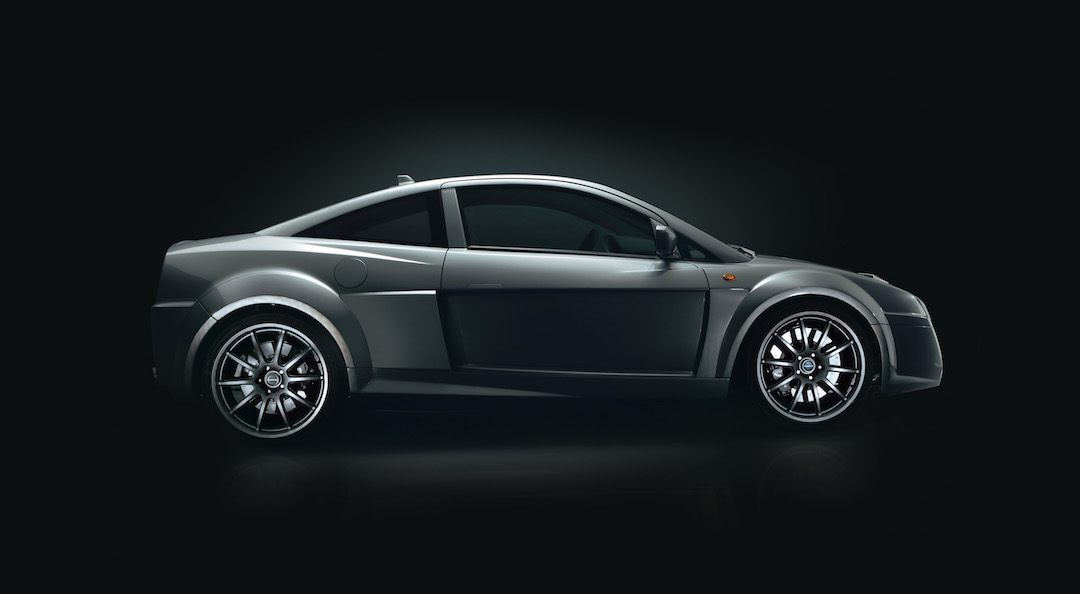
Don’t go thinking this is just a restyled Subaru mimic, though. There are plenty of areas where the P2 makes its own way, from the unique composite bodywork to the massive 355mm front discs, four-pot brake calipers and arch-dominating 19-inch alloys. The P2 also uses double wishbone suspension front and rear – the contemporary Impreza had to settle for struts and trailing arms at the back – and adjustable coilover dampers to keep the show gripping the road.
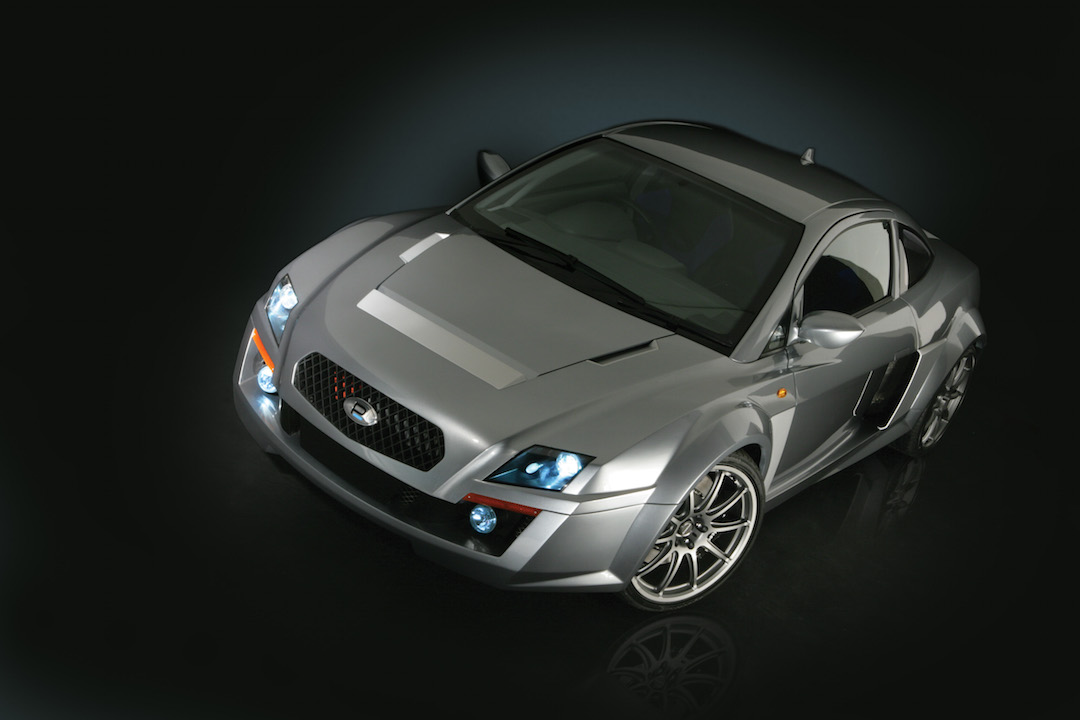
Yet it’s a pair of three-lettered and rally-inspired electronic systems that made the P2 a noughties stand out. The first is ATD, an acronym for Active Torque Dynamics. Prodrive spent five years developing the stability system, which can use either torque or braking force to keep a chassis in line. Employed in the P2, it takes data from wheel speed, yaw rate and steering wheel angle sensors to work out what the car is doing and what the driver would rather it did instead.

Having gathered this information, the system then uses active centre and rear differentials to move torque fore and aft or across the rear axle. The result? Less understeer on the way into a turn, less oversteer on the way out and better balance in between.
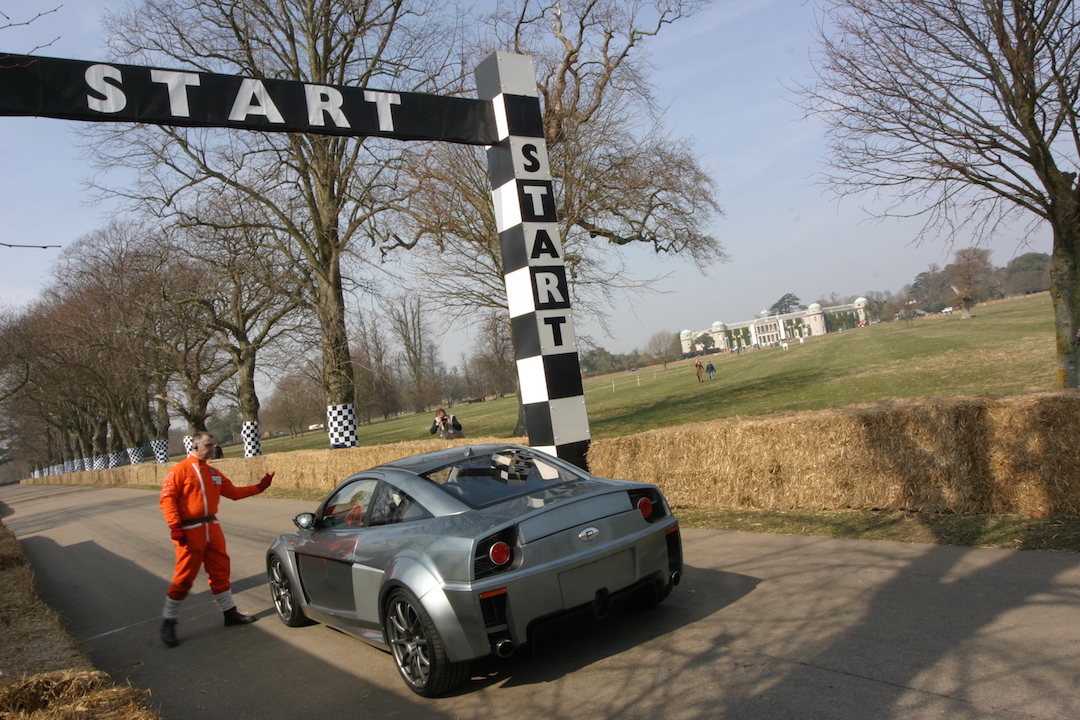
With handling handled, the Prodrive team turned their attention to shortening straights. The product of their work was ALS, or Anti-Lag System. Long since established on the international rallying scene, the system introduces air into the exhaust manifold on demand. Add some uncombusted hydrocarbons and shockwaves of heat and exhaust pressure can be increased, spinning a slumbering turbo back into action. After half a year of engineering work, Prodrive massaged the system to work effectively at any revs or throttle opening: making the P2’s 424lb-ft available more quickly and more often.

Despite rapturous public response, Prodrive never put the P2 into series production. That’s enough to give anyone a sad but just look at what the miniature mauler foresaw. Anti-lag and ATD never took off but the concepts they raised had real merit. In the years since Prodrive’s experiment, variable vanes, hot vees and hybrid systems have all been implemented to reduce lag, while increasingly common and increasingly effective electronically-controlled handling systems laugh in the face of physics.
The P2 would fit right in… and sound great doing it!

CLICK TO ENLARGE










